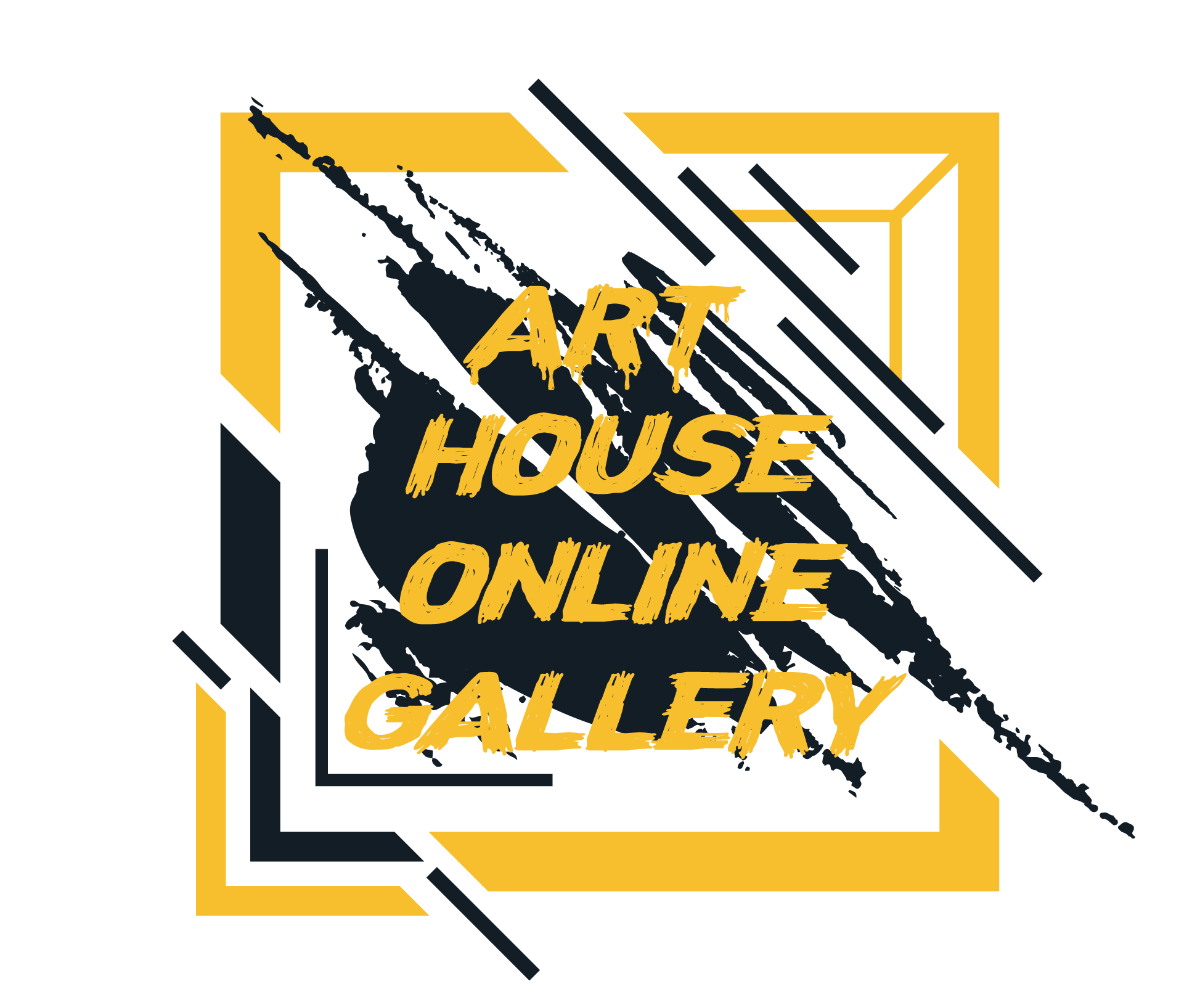Rapid visualization
Rapid visualization is a technique used by graphic artists, illustrators, and designers to quickly convey ideas, concepts, or solutions through fast, effective sketches or drawings. This method is often employed in fields like advertising, concept design, architecture, and product design, where the ability to communicate ideas swiftly and clearly is essential.
Key Aspects of Rapid Visualization:
- Speed and Efficiency:
- The primary goal of rapid visualization is to generate visual representations of ideas quickly. Artists use this technique to produce rough sketches or drawings that capture the essence of a concept without focusing on fine details. The emphasis is on speed and clarity, not on creating finished artwork.
- Simplification:
- In rapid visualization, complex ideas are broken down into simple, easily understandable visual elements. This might involve using basic shapes, lines, and symbols to represent objects, characters, or scenes. The simplification process allows for quick iteration and refinement of ideas.
- Focus on Communication:
- The main purpose of rapid visualization is to communicate ideas effectively. Whether it’s a concept for a new product, a storyboard for an advertisement, or an architectural layout, the goal is to make the idea understandable to others, such as clients, team members, or stakeholders.
- Iterative Process:
- Rapid visualization often involves multiple iterations. Artists may produce several quick sketches, exploring different angles, compositions, or concepts before arriving at the most effective solution. This iterative approach allows for flexibility and adaptability during the creative process.
- Use of Tools:
- Rapid visualizations can be done using traditional tools like pencils, markers, and paper, or digitally using graphic tablets and design software. Digital tools, in particular, can speed up the process by allowing easy adjustments, layering, and integration of digital effects.
- Storyboarding:
- In fields like film, animation, and advertising, rapid visualization is commonly used in storyboarding. Artists create a sequence of sketches that outline the key scenes or stages of a project, helping to visualize the narrative flow, camera angles, and action before production begins.
- Problem Solving:
- Rapid visualization is often used as a problem-solving tool. By quickly sketching out different scenarios or design options, artists can explore various solutions to a problem and evaluate their effectiveness before committing to a final design.
- Collaboration:
- This technique is valuable in collaborative settings, such as design teams or client meetings, where ideas need to be shared and discussed in real-time. Rapid visualizations can serve as a common language, bridging the gap between different disciplines and perspectives.
- Flexibility:
- Rapid visualization allows artists to adapt quickly to changes in direction or feedback. Because the sketches are rough and not fully developed, they can be easily modified or discarded without significant time investment.
Applications of Rapid Visualization:
- Concept Art: Used in the early stages of designing characters, environments, or products, where fast exploration of ideas is crucial.
- Advertising: In advertising, rapid visualization helps in brainstorming and pitching ideas for campaigns, layouts, and storyboards.
- Product Design: Designers use this technique to sketch out product concepts, exploring form, function, and user interaction before moving to detailed design.
- Architecture: Architects employ rapid visualization to create initial layouts, massing studies, and conceptual plans for buildings or spaces.
- UX/UI Design: Rapid visualization aids in wireframing and prototyping user interfaces, allowing for quick testing and iteration of design ideas.
Techniques Used in Rapid Visualization:
- Thumbnail Sketches: Small, quick sketches that capture the basic layout or composition of a design.
- Gesture Drawing: Fast, fluid drawings that capture the movement and basic form of a subject, often used in figure drawing.
- Wireframing: In UX/UI design, wireframes are simple, low-fidelity representations of a webpage or app interface, focusing on layout and functionality.
- Mind Mapping: A visual brainstorming tool that helps organize and explore ideas quickly by connecting concepts through lines and nodes.
Benefits of Rapid Visualization:
- Time Efficiency: Allows for the rapid exploration of multiple ideas without the time commitment required for detailed rendering.
- Idea Generation: Facilitates creative thinking by enabling quick experimentation and the generation of a large number of ideas in a short time.
- Effective Communication: Helps communicate ideas clearly and concisely, making it easier to share and discuss concepts with others.
- Flexibility and Adaptability: Supports a flexible design process where ideas can be quickly adapted or changed in response to feedback.
Conclusion:
Rapid visualization is a powerful technique for graphic artists and designers, enabling them to quickly and effectively communicate ideas, solve problems, and iterate on designs. It’s an essential skill in many creative fields, helping to bridge the gap between conceptual thinking and final production.



